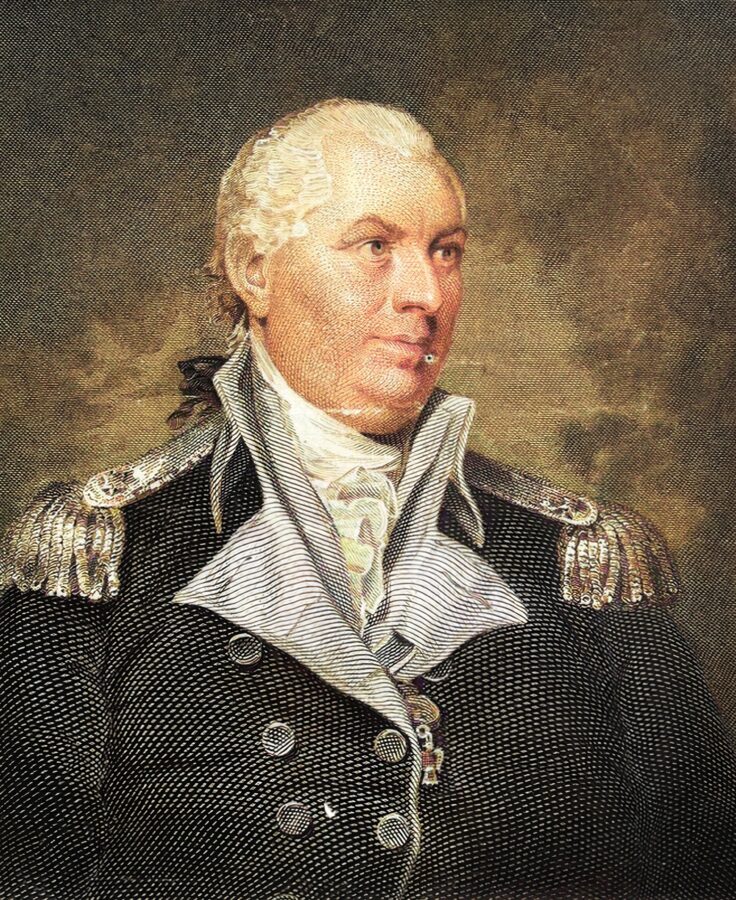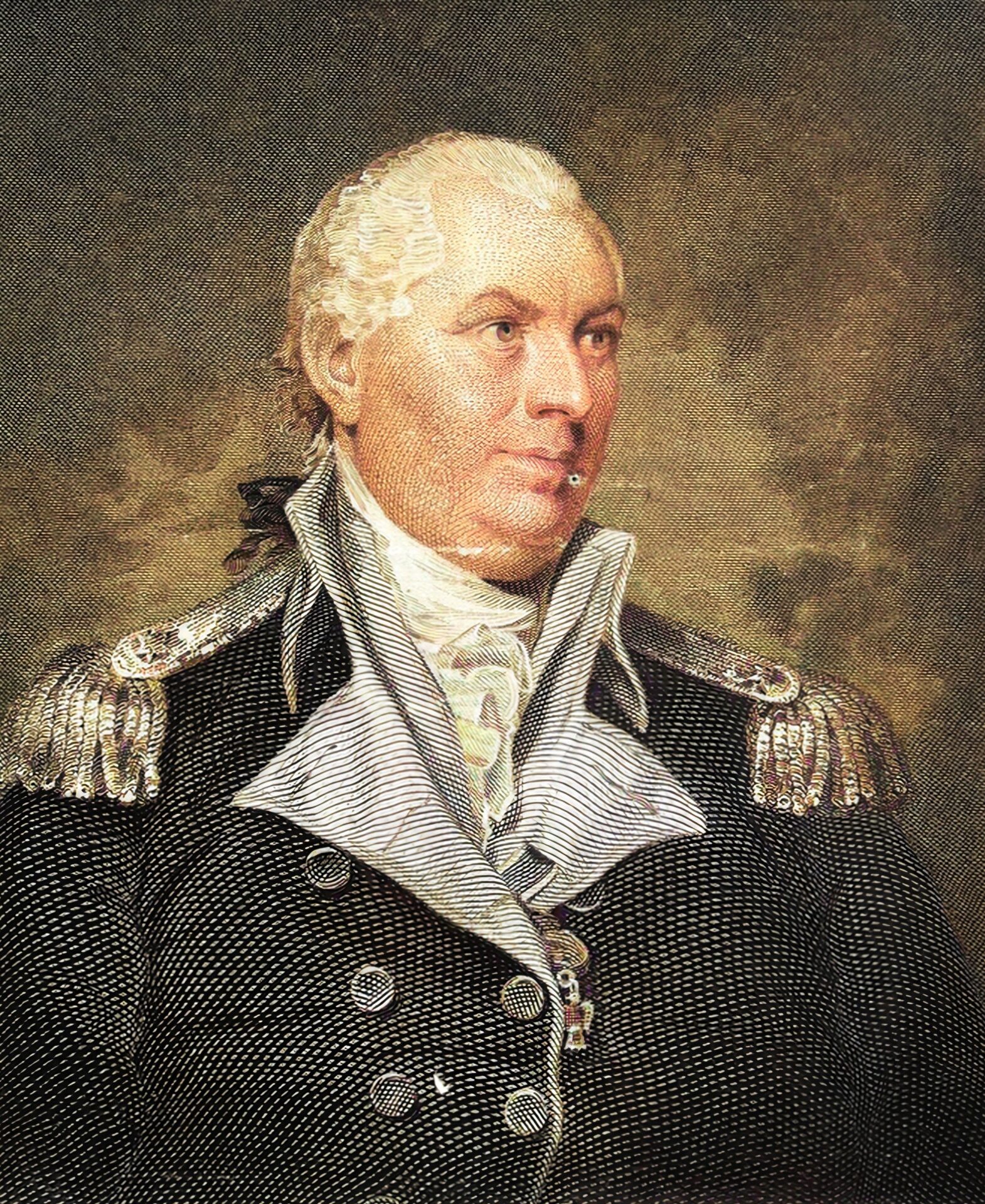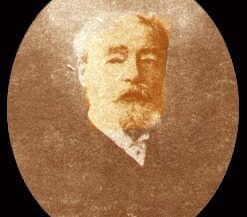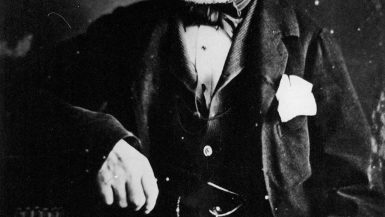John Barry, often hailed as “The Father of The American Navy,” has left an indelible mark on American maritime history. Born in the lush landscapes of Ireland, his story is not only a tale of naval excellence but also of an Irishman’s journey that ultimately shaped the United States’ naval strength.
The Early Days: Barry’s Birth in Tacumshane, Ireland
Born on March 25, 1745, in Tacumshane, County Wexford, Ireland, John Barry hailed from a modest family. The Irish countryside, with its sprawling coastline, infused in young Barry an affinity towards the sea. As he grew amidst the sounds of crashing waves and the call of seagulls, it was clear that the sea would be his destiny.
Setting Sail: Barry’s Maritime Beginnings in Ireland
Barry’s nautical journey began in earnest when he was a teenager. Ireland, being an island nation, relied heavily on its maritime routes for trade, and this provided ample opportunities for aspiring sailors. By the age of fifteen, Barry had already gained experience, having sailed on his uncle’s fishing vessel off the Wexford coast.
It was in these Irish waters that Barry learned the essential maritime skills, such as navigation, ship handling, and understanding the moods of the sea, which would serve him so well in later life.
Journey to the New World: From Irish Shores to American Horizons
In his twenties, Barry left the shores of Ireland, making his way to the bustling colonies of America. Settling initially in Philadelphia, Pennsylvania, he began to make a name for himself in the merchant trade, showcasing his skills both as a mariner and a leader.
The Dawning of American Naval Power: Barry’s Role in the Revolutionary War
As tensions rose between the American colonies and Britain, John Barry was quick to offer his services to the revolutionary cause. Recognizing his maritime expertise, in 1776, the Continental Congress entrusted him with the command of the warship ‘Lexington.’
Under his leadership, the ‘Lexington’ achieved the first naval victory of the Revolutionary War by capturing the British warship ‘Edward’. Barry’s subsequent exploits, including battles against formidable British warships and crucial transport missions, solidified his reputation as a naval hero.
John Barry and the Formal Establishment of the U.S. Navy
The post-revolutionary period saw John Barry play a pivotal role in establishing the United States Navy’s formal foundations. In 1794, under the Naval Act, the U.S. decided to build six frigates. Barry was not only involved in their design but was also entrusted with the command of the most notable of these, the ‘USS United States’ in 1797.
John Barry: The Father of The American Navy
As the Revolutionary War came to a close, the newly formed United States found itself with a disbanded navy. The naval vessels they did have were either sold off or left to deteriorate. The young nation, amidst economic challenges, believed that there was no pressing need for a standing navy. However, the looming threat from pirates in the Mediterranean, especially the Barbary Pirates, coupled with maritime conflicts with European powers, underscored the necessity of a formidable naval presence.
The Naval Act of 1794
The significant step towards the establishment of a formal U.S. Navy came with the Naval Act of 1794, sometimes referred to as the “Act to Provide a Naval Armament.” Recognizing the growing threats to American merchant ships, Congress authorized the construction of six frigates. These ships would be some of the most advanced and powerful of their time.
John Barry played a crucial advisory role during this period. Having gained a reputation as one of the most experienced and competent sea captains, Barry was consulted on the design and construction of these frigates. His experience ensured that these ships were built not just for speed but also for battle.
Command of the ‘USS United States’
Of the six frigates, the first to be launched was the ‘USS United States.’ Fittingly, in 1797, John Barry was given the command of this ship, making him the first commissioned officer of the newly re-established U.S. Navy. Barry’s commission number was ‘1,’ underscoring his pivotal role and the trust placed in him by the fledgling American government.
Under Barry’s leadership, the ‘USS United States’ showcased the might and potential of the American Navy. During the Quasi-War with France, which was an undeclared naval war from 1798 to 1800, Barry’s command played a significant role. The ‘USS United States’ captured several French vessels, bolstering the reputation of the U.S. Navy and showcasing the importance of a standing naval force.
Mentoring the Next Generation
Perhaps even more impactful than his naval victories was Barry’s role in nurturing the next generation of naval leaders. Understanding the importance of training and mentorship, Barry took young officers under his wing. Among them was Stephen Decatur, who would go on to become one of the most celebrated naval officers in American history. Barry’s guidance ensured that the values of leadership, strategy, and maritime expertise became deeply ingrained in the U.S. Navy’s ethos.
In essence, while John Barry’s naval conquests were undoubtedly notable, his enduring legacy lies in the foundational role he played in the establishment and shaping of the U.S. Navy. His influence set the tone for the Navy’s growth and prominence in the years that followed, solidifying his title as “The Father of The American Navy.”
The Legacy of John Barry and his Irish Roots
John Barry’s Irish upbringing significantly influenced his maritime career. Ireland, with its rich maritime history and tradition, instilled in Barry the passion, resilience, and skills that would be crucial during the most challenging times of the American Revolutionary War.
His Irish lineage was something he carried with pride throughout his life. Even as he achieved fame and respect in America, Barry never forgot his roots. This connection was evident in his leadership style, his bonds with his crew, and the values he brought to the emerging American Navy.
The Final Anchorage
John Barry died on September 13, 1803, in Philadelphia. The cause of his death was complications from asthma, a condition he had suffered from throughout his life. After serving the U.S. for over four decades, both during the Revolutionary War and in the post-war period, Barry’s health had deteriorated in his later years. His asthma, combined with the physical toll of his long and active naval career, eventually led to his passing. He was laid to rest in the Old St. Mary’s Church cemetery in Philadelphia, where a monument honors his contributions to the American Navy.
His demise was not just a loss for America but also for Ireland, which had given the world one of its most brilliant naval minds. Today, monuments, statues, and plaques in both the U.S. and Ireland celebrate this extraordinary man and his illustrious career.
In wrapping up, John Barry’s story is a testament to the power of passion, resilience, and skill. From the shores of Tacumshane, Ireland, to the helm of the American Navy, his journey is a remarkable blend of Irish spirit and American dream. As both countries remember him, the legacy of John Barry serves as a bridge between the two, reminding us of the rich tapestry of history that binds them together.







Leave a reply